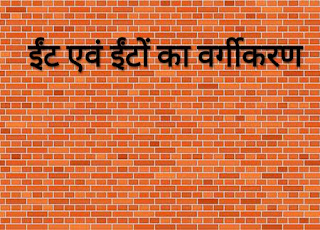HOME AUTOMATION

by - Monu Dalal What is automation ? Automation derived from two words automatic + machine, means a machine that works automatically. OR it may be defined as the process/technique of operating system automatically. It is the application of technology to monitor and control services or works. What is Home Automation ? Home Automation is the relation between technology and home services. It is the automatic control and management of eletronic devices with in a home. These devices are connected to internet or bluetooth, which allows them to be controlled remotely. For example, you can on your room AC from office before you return to home. Home Automation helps to make life more convenient and can save time and mo...





